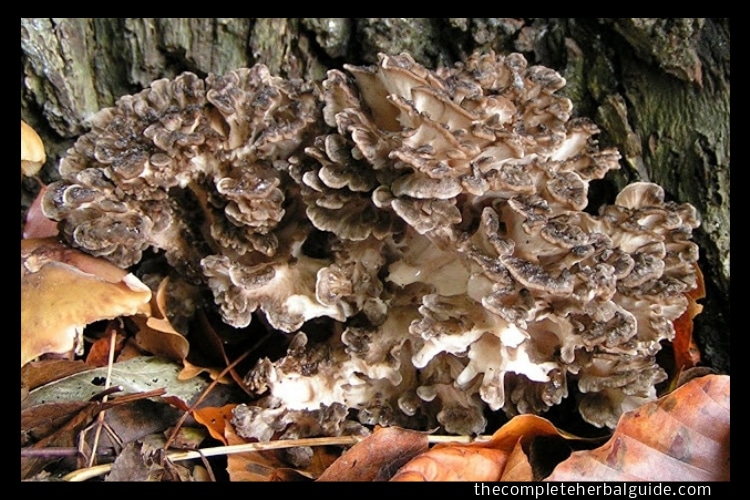
Medical Uses and Health Benefits of Barberry
Table of Contents
- Active constituents of barberry
- Medical uses and health benefits of barberry
- Other barberry medicinal uses are the following…
- Barberry Detoxes Liver
- Barberry as a Body Cleanse
- Barberry as a Hepatic Tonic
- Barberry for Gallstones and Gallbladder
- Barberry for Jaundice
- Barberry for Burning and Soreness
- Barberry is capable of similar action to Metronidazole
- Barberry for Pain
- Barberry for Correcting Liver Function and Promoting Bile Flow
- Side effects, precautions, interactions of astragalus
Active constituents of barberry
The stem, root bark, and fruit of barberry contain chemicals called isoquinoline alkaloids including:
- Berberine
- Berberrubine
- Bervulcine
- Berbamine
- Derivatives
- Columbamine
- Isotetrandrine
- Jatrorrhizine
- Magnoflorine
- Oxycanthine
- Vulvracine
Isoquinoline alkaloids have antibacterial, antiparasitic, anti-inflammatory, immune stimulant, fever-reducing, hypotensive, sedative, anticonvulsant, and smooth muscle effects. These substances have been shown to combat infection and bacteria, stimulate the activity of the immune system, and lower fever.
Other constituents of barberry are chelidonic acid, resin, tannin, and wax. The berries of Berberis vulgaris are a source of vitamin C.
Medical uses and health benefits of barberry
Barberry and goldenseal (Hydrastis canadensis) have very similar therapeutic uses because both herbs contain active substances called berberine alkaloids.
The Benefits of Barberry
Here are the barberry bark health benefits. Continue reading to learn all the barberry benefits
In traditional folk medicine, barberry has been used to treat
- Diarrhea
- Reduce fever
- Improve appetite
- Relieve upset stomach
- Promote vigor as well as a sense of well-being
- Combat infection and bacteria
- Stimulate the activity of the immune system
- Lower fever
Other barberry medicinal uses are the following…
Barberry Detoxes Liver
Barberry herb is an efficient liver cleanser, due to its ability to correct liver function and promote the flow of bile. Berberis is an excellent remedy for correcting liver function.
Barberry as a Body Cleanse
The Barberry root has long been used to stimulate bile secretion and as a bitter digestive tonic, diuretic, alterative, and immunostimulant. Berberis is an excellent remedy for promoting bile flow.
Barberry as a Hepatic Tonic
Barberry is a stimulating hepatic tonic which influences…
- The mucosa generally
- Removes mucoid accumulations
- Controls excess secretion
- Improves appetite
- Promotes digestion
- Improves assimilation
The bitter compounds in barberry, including the alkaloids mentioned above, stimulate digestive function following meals.
Read on to learn other barberry root benefits.
Barberry for Gallstones and Gallbladder
This herb has been used for many years for gallstones and gallbladder infections. It may help with inflammation of the gallbladder, and gallstones.
Barberry for Jaundice
Barberry may improve the symptoms of jaundice. It is recommended for congestive jaundice.
Barberry for Burning and Soreness
It has also been recommended for renal colic and the treatment of renal calculi, where it is claimed to allay burning and soreness. Barberry is capable of similar action to Metronidazole, a common antiprotozoal medication, but has the advantage of no side effects.
Barberry is capable of similar action to Metronidazole
It is a common antiprotozoal medication but has the advantage of no side effects.
Barberry for Pain
External application of barberry has been recommended to reduce the inflammation and pain of bruises, aches, and sprains.
Barberry for Correcting Liver Function and Promoting Bile Flow
Barberry has long been used to stimulate bile secretion and the liver in general, as a bitter digestive tonic, diuretic, alterative, and immunostimulant. Berberis is an excellent remedy for correcting liver function and promoting bile flow. Berberis is an excellent remedy for correcting liver function and promoting bile flow.
Side effects, precautions, interactions of astragalus
Pregnancy and barberry – Pregnant women should not take barberry because it may cause uterine contractions and trigger miscarriage.
Excessive doses of barberry should be avoided. Symptoms of excessive berberine intake include stomach upset, lethargy, nose bleed, skin and eye irritation, and kidney irritation.
Avoid barberry in hyperthyroid conditions
Do not use in cases of excessive flatulence.
Barberry, or any herb containing berberine, has been found to interact with
- Sumycin
- Helidac (Tetracycline)
- Vibramycin
- Helidac (Tetracycline)
- Doxycycline, and Achromycin.






